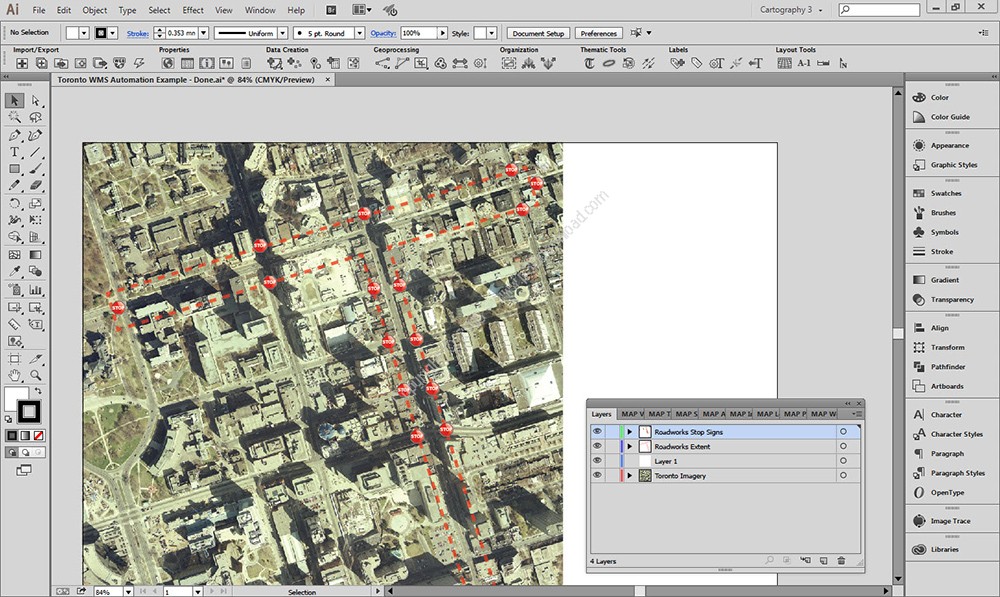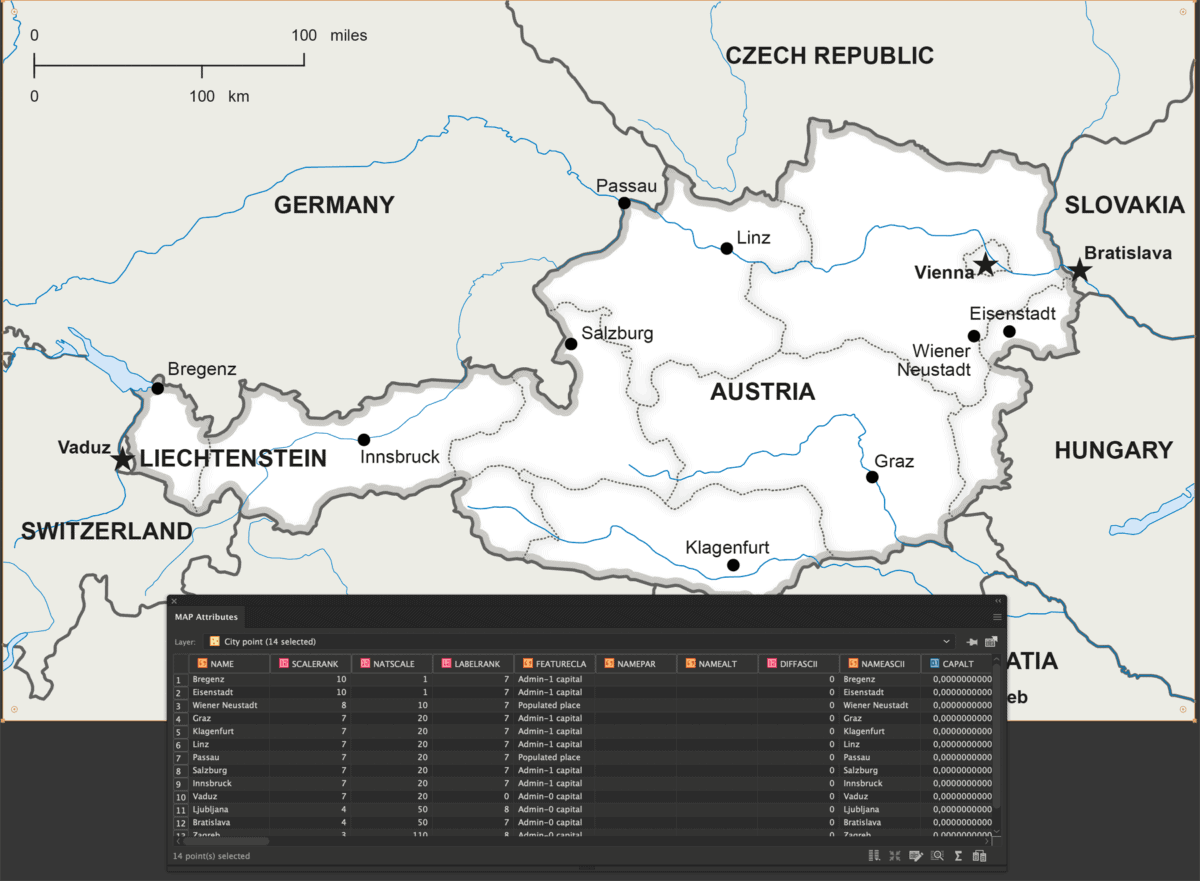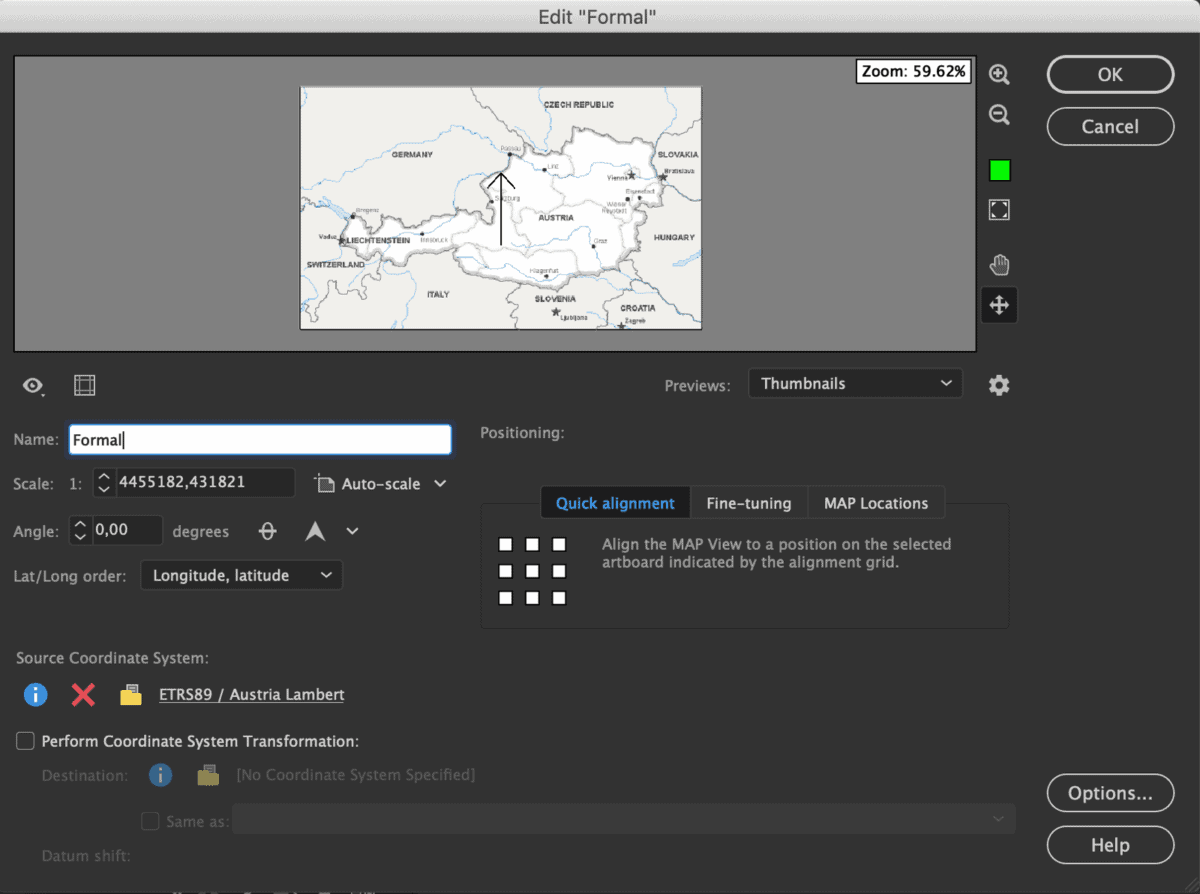
Introduction of the Map View palette provides for rapid reprojection of your data. New importers to facilitate simple, or advanced import of GIS data
#MAPUBLISHER NUMBER UPGRADE#
This major product upgrade introduced a number of key enhancements for users.

summarize features and generate statistics.register raster imagery to your vector data.
#MAPUBLISHER NUMBER PC#

So what can you do with MAPublisher? Good question! Numerous benefits are made possible and all serve to provide the user with the tools that most GIS products lack to develop the high-quality output necessary for “print quality” final output. Note that MAPublisher is a 2D program and thus, does not support 3D data and will treat as two dimensional when imported. Users of USGS public domain data products will find the support for the USGS Digital Line Graph dta (.dlg), USGS SDTS (.ddf) and TIGER/Line files (.rt1 &. MAPublisher will export to the following supported GIS formats DWF, DWG. tab, dgn, rt1, bw1, dlg, ddf, txt, csv, and. Supported data formats: At version 6x, MAPublisher supports most commonly used vector GIS data formats and can import DXF, DWG, e00. (example, select out features and display based on an attribute) Please note that data imported into the Illustrator environment using MAPublisher will have geographic and attribute information preserved in order to provide for further thematic mapping and analysis. The Advanced option is suitable for users with multiple data products comprised of numerous map projections, scales, and projections. Using the Simple option, users can quickly import existing data, particularly useful for those with a single piece of data made up of one file with a single coordinate system and projection. But a section on “why you might need and how you can use this data” might be useful for beginners in the GIS arena.MAPublisher provides users with “simple” import capabilities and advanced functionality.
#MAPUBLISHER NUMBER HOW TO#
I suspect Avenza didn’t want to insult their more-experienced audience by telling them how to do their jobs because, as mentioned above, you need to be familiar with GIS and its use. They certainly showed how to work with the plug-in’s features well enough (and perhaps that’s all you might expect) but I’d have liked more information on how the data could be used after manipulating it with the tools. The only fault I found was not with the MAPublisher plug-in, but with the tutorials. Some of these features take time to set up and use properly however, most of the setup work can be saved for future use. Exciting new features include the ability to export maps to an interactive Flash file (this alone could expand the user base) automate the labeling of map features (as an optional add-on) use stylesheets for consistent formatting work with GPS data crop maps without messing up the overall map coordinates and use CS4’s multiple artboards. Last time I used MAPublisher, it was version 4 it’s come a long way since then. After importing, you can manipulate the resulting map in a number of ways.

You first create an Illustrator file and import the GIS data (in popular data formats such as AutoCAD, ESRI, MapInfo, and USGS) to create maps up to 200″ square. Simply put, the plug-in uses GIS data to create maps in Illustrator. The MAPublisher plug-in for Illustrator CS3 and CS4 is not for the timid: You should be familiar with GIS (Geographic Information System) data and have a need to publish that data in a visual format.


 0 kommentar(er)
0 kommentar(er)
